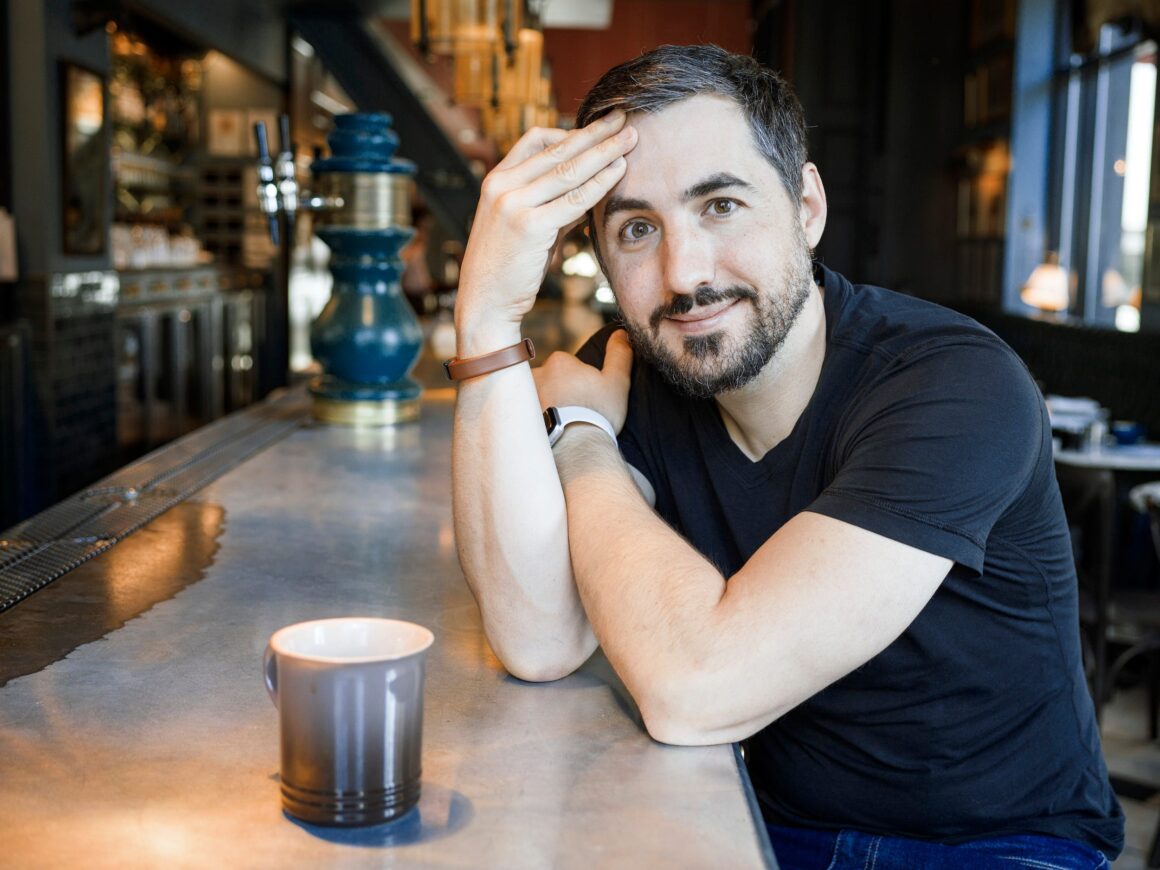Courtesy
- Kevin Rose is a rabid collector of digital art and the co-creator of the Moonbirds collection.
- He tells Insider that he only buys images if he loves the art and wants to support the artist.
- This article is part of "Master Your Crypto", a series from Insider helping investors improve their skills in and knowledge of cryptocurrency.
The nonfungible token, or NFT, boom has made it possible for anyone with a computer to sell digital art on the blockchain.
Not that everyone should.
The proliferation of digital art over the last year and a half, says Kevin Rose, an early internet entrepreneur, has increased the need for experts to sift through it all and find the gems. Last year, Rose created the Proof podcast to surface the most interesting collections of images and interview the artists about their process and inspiration.
"We're much more along the lines of a Wine Spectator," he told Insider. "You'll see quality, not quantity."
Before long, Rose, who's spent the better part of two decades building products like Digg and Zero, released a set of images for podcast fans and other digital art enthusiasts to use as their profile pictures on social media. Called Moonbirds, the collection depicts pixel-art owls, a nod to the collective wisdom of the podcast's guests and listeners.
The cheapest owls in the collection are reselling for over $40,000, and the whole set of 10,000 images has crossed $165 million in market capitalization, according to OpenSea, a marketplace for buying and selling digital assets.
—KΞVIN R◎SE (🪹,🦉) (@kevinrose) April 17, 2022
In an interview with Insider, Rose shared his personal strategy for investing in digital art.
'The number one thing is that it has to be something I am drawn to visually'
The rise and fall of an asset's value doesn't matter, Rose said, so long as the owner enjoys having it in their possession. He looks for digital art that sparks an emotional response, no matter where it's displayed.
"I want it to be something that even in the worst bear market, I'm not going to sell it because I love it," Rose said.
'This is someone I can get behind'
Before buying, Rose, who studied computer animation in college before dropping out to pursue a career in tech, researches the artist. He's looking for individuals who create art that's novel or different from other projects.
The transgender artist Gossamer Rozen stopped Rose in his tracks with their portrait of a dragon made by coloring the cells of a Google spreadsheet. "It was mindblowingly cool," he said. When Rozen, who works as a tattoo artist in New York, released an entire collection of handmade, pixel-art tigers, Rose said he immediately bought several.
"I believe in her as an artist," he said.
—KΞVIN R◎SE (🪹,🦉) (@kevinrose) May 31, 2022
Community means everything
Even if the art strikes him, Rose might pass on a project once he's peeked into the community around it. He digs into the project's Discord server or wherever people gather online, and tries to evaluate what the group stands for. If the conversation revolves around how to juice the value of an asset for a quick return, Rose said, "I won't even touch it."
'It hasn't been done before'
Part of what makes a digital asset valuable is its historical significance. The creators of Crypto Punks unleashed their collection of avatars over five years ago, but their sudden popularity over the last year has driven demand for other profile pictures. That context gives Crypto Punks the patina of legitimacy and influence, sending their value higher.
The historical significance of the Art Blocks project captured Rose's attention last year. The creators used code to write scripts and deploy them on the blockchain, generating the final images in the minting process — a process known as generative art. The images have been hailed as fine art, fetching millions of dollars in secondary sales.
"There's a historic relevance there," Rose said. "This is the first time generative art really took off."
—KΞVIN R◎SE (🪹,🦉) (@kevinrose) August 25, 2021
Rose owns several images of technicolor squiggles from the collection. But his methods aren't entirely altruistic. Last year, he flipped an image that he bought for $3,200 and sold two months later for $2.5 million, a 781x return.
He tweeted that he would reinvest his profit into emerging artists and donate a portion to charity.
This article is intended to provide generalized information designed to educate a broad segment of the public; it does not give personalized investment, legal, or other business and professional advice. Before taking any action, you should always consult with your own financial, legal, tax, investment or other professional for advice on matters that affect you and/or your business.
